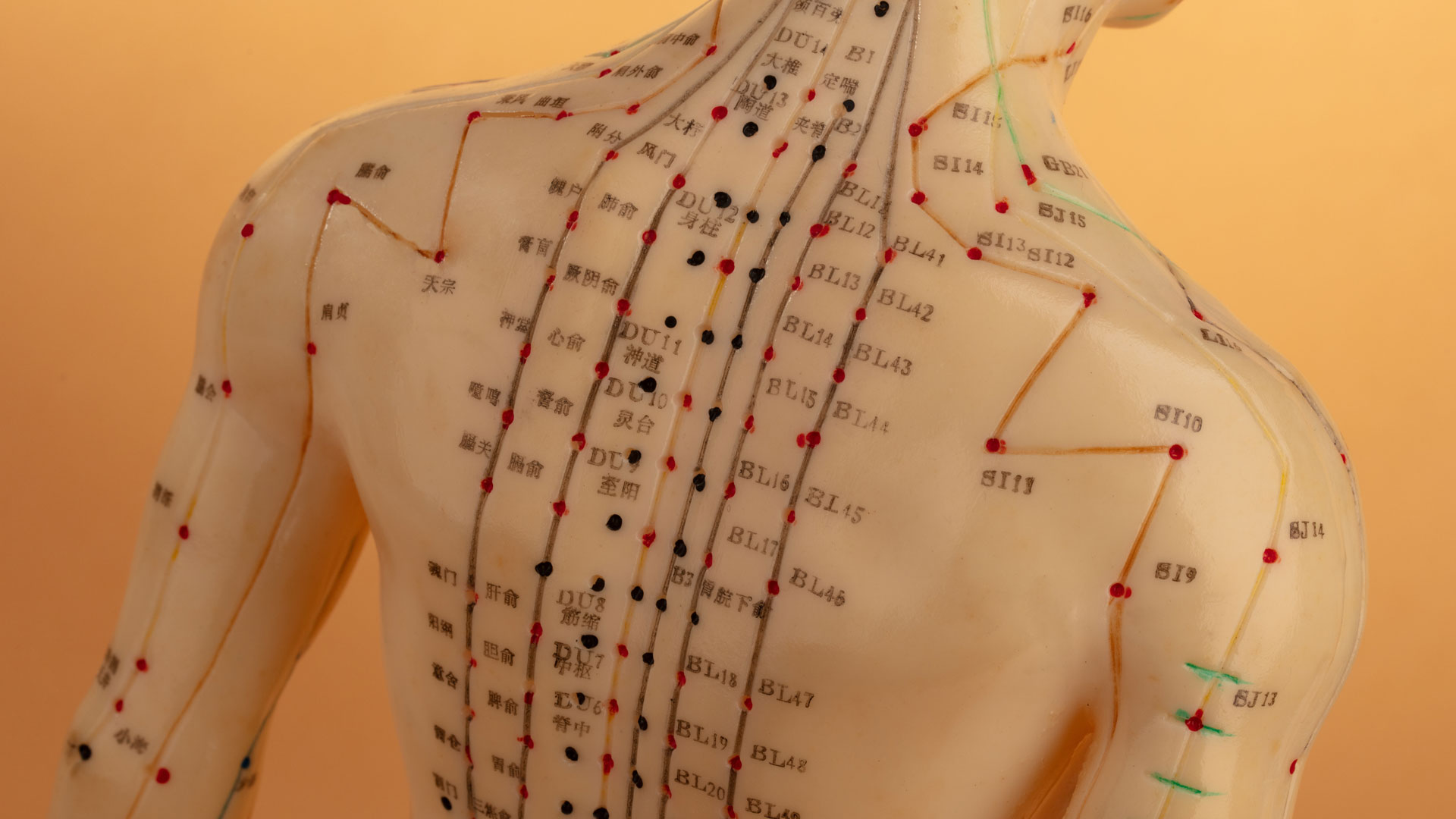A technique according to an acupuncturist
TikTok is an odd and bizarre place. So oddball that you can find clever techniques to promptly induce bowel movements by discovering intriguingly presented old ideas.
Anyway, it’s intriguing that acupuncturist Anita Tadavarthy, also known as empiricalgraceacu, shared a viral post on TikTok claiming that constipation can be cured by using acupressure from traditional Chinese Traditional Medicine (CTM). As explained here, specifically, she suggested rubbing the soft skin between your thumb and forefinger together for a few minutes, either while you’re on the toilet or a few times throughout the day.
Is it really that simple? Giving it a try, particularly because the video appeared to have garnered conflicting feedback, some people praised the hack’s effectiveness, but experts dismissed it as pseudoscientific. The strategy seemed to work; it’s not sure if it was just the anticipation that it would work or the fact that the process of rubbing your hands together forced you to sit up a little straighter on the toilet.
To be fair, when we tried it, we weren’t constipated, but even though we tried later in the day when we normally don’t go to the bathroom, it seemed to get the bowels moving. This specific pressure point, sometimes referred to as the Joining Valley or Large Intestine 4, is highly recommended by acupuncturists. How does it work?
In the opening line of her video, Anita Tadavarthy asks her audience, “Did you poop today?” She continues by saying that about 20% of people get constipation (the National Institutes of Health estimates that percentage at 12%).
“It (the prevalence) blows my mind,” the acupuncturist continues. “All you’ve got to do is just do this,” she adds, providing an example of the hand rubbing technique that is derived from traditional Chinese acupressure, which uses pressure points on various body areas to treat pain, digestion problems, and other ailments.
Acupuncture without needles is called acupressure. Among the numerous pressure points linked to the alleviation of constipation is the Large Intestine 4. Touch the soft skin between your thumb and forefinger by stretching out your hand with your thumb pointing outward and your other four fingers close together.
Large Intestine 4 is this. You don’t need to massage both points together with your thumbs pointing outward and the rest of your fingers in a ball like in the TikTok video; instead, you may just apply pressure on this spot in circular motions, first on one hand and then the other, according to Healthline.
“Couple [of] minutes, couple [of] times a day, or while sitting on the toilet, and you’ll have a bowel movement. So easy,” Tadavarthy shared. She said in a BuzzFeed News interview that she discovered this trick in graduate school and that she has personally witnessed it help patients who came to her free clinic in the Hyderabad, India area.
It is significant to note that Tadavarthy advises against using this TikTok trick on pregnant women due to the possibility that stimulating Large Intestine 4 may also cause labor.
“Constipation is when stool gets stuck and cannot pass through the colon,” she said. “Acupressure/acupuncture accesses various images through our body, like reflexology. There are connecting points on the hand that connect to the colon. It is key to bringing blood flow and stimulation to the affected areas.”
According to one acupuncturist, you can induce a similar motion of contraction in your colon by rubbing the pressure point of the Large Intestine 4 back and forth to help move things along, but her TikTok advice for that doesn’t stop here.
She has further videos where she discusses various acupressure points, such as Stomach 36, which is situated beneath your knees, and one where she applies pressure to an area beneath her mouth.
Understandably, medical experts are divided on TikTok’s viral video, but we think it’s because they have different approaches. Every person is different, and therefore, what works well for some may not work for others. Nevertheless, if instead of discrediting what seems new to us, we approached it from the right perspective, perhaps we would enjoy new benefits.

